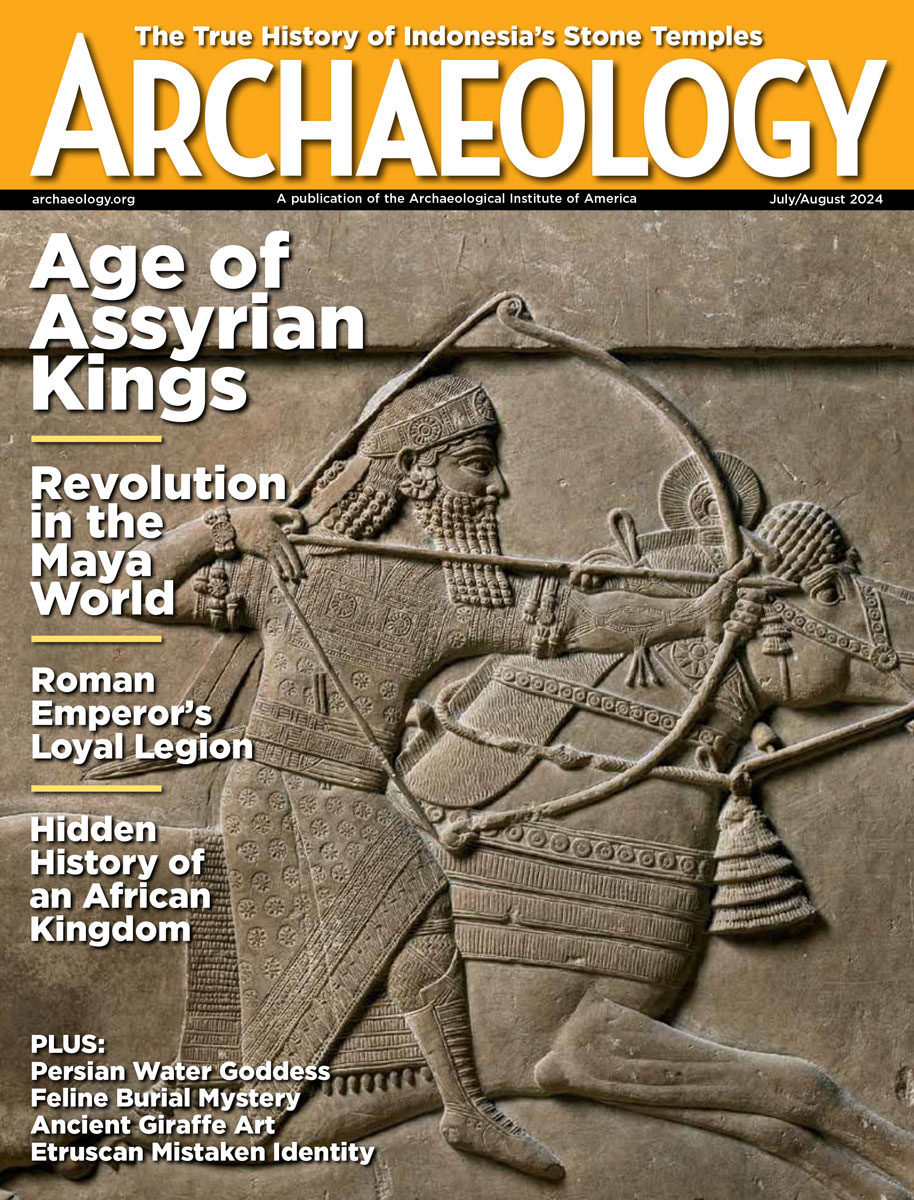Monday, June 23
June 23, 2008
Maya cities in the northern lowlands of the Yucatan were occupied 1,000 years earlier than previously thought, according to research by George Bay of Millsaps College and Tomas Gallareta of Mexico’s National Institute of Archaeology and History. It had been thought that the Maya moved north after cities in the southern lowlands were abandoned ca. 900 A.D.
More than 900 artifacts seized by customs agents in Texas, Arizona, and Toronto have been handed over to Mexico. Among the objects are wooden spears, arrow heads, bows, fiber sandals, and textiles that were probably looted from caves in the state of Coahuila.
And, more than 2,000 artifacts were returned to Iraq from Jordan yesterday. Â
Four hundred year’s worth of correspondence, notes, maps, and bills, and documents regarding slavery and the Civil War, have been found in the attic at the Poplar Grove plantation in Maryland, owned by members of the Emory family who settled there in the 1660s. “You really get a sense of the range of America through these papers,” said Edward Papenfuse, director of the Maryland State Archives, where the papers will be kept. Â
Stone tools that may have been made and used by Neanderthals have been dug up at Beedings, in southern England. More that 2,300 tools were originally found there, but they had been thought to be fakes. Â
German scientists have studied the 2,300-year-old remains of a Scythian man found in the Altai Mountains in 2006. Minimal wear of the man’s teeth showed that he ate mostly meat, and he had serious arthritis, chronic inflammation of the sinuses, a middle ear infection, and a healed broken arm. Â
Construction of an elevated commuter rail system in Honolulu will most likely unearth iwi, or burial remains. “Presumably the city’s archaeologists have been doing their homework and they know were to find the sand deposits and where burials are likely,” said Thomas Dye, president of the Society for Hawaiian Archaeology.
The heart of Frederic Chopin lies within a pillar in a Polish church, where it is preserved in a liquid presumed to be cognac. Polish doctors would like to test tissue from the organ, to see if the pianist and composer suffered from the genetic illness, cystic fibrosis.Â
- Comments Off on Monday, June 23









